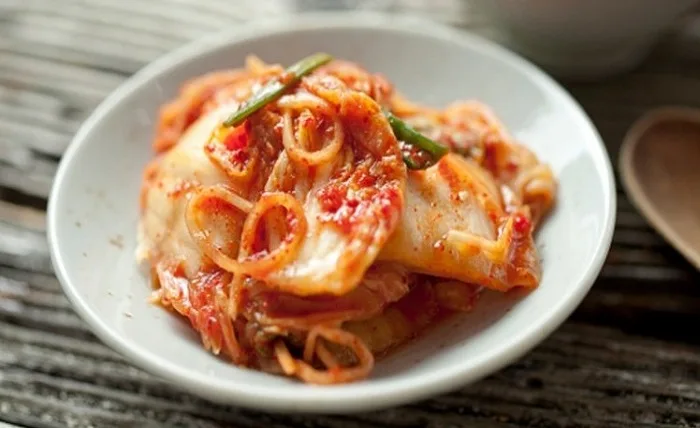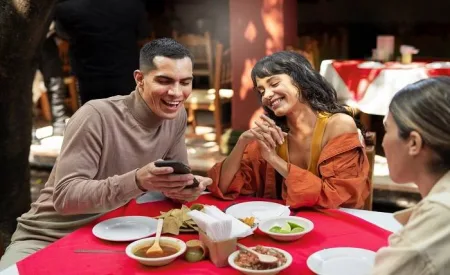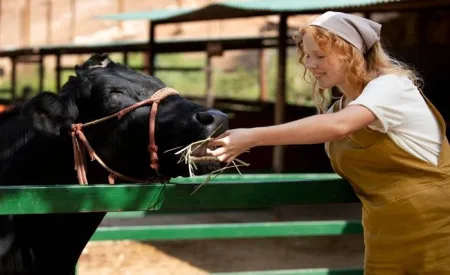Korean cuisine, a tapestry of flavors, textures, and traditions, has steadily gained global recognition. With its intricate balance of spicy, sweet, sour, and savory, it offers a culinary adventure like no other. For those eager to embark on this gastronomic journey, korealainenruoka.com serves as the perfect compass.
The Pillars of Korean Food
Central to Korean food is the concept of ‘Yin and Yang’ and the Five Elements, which emphasizes the balance of flavors and health benefits. Staples such as rice, vegetables, and proteins are elevated with the use of condiments like garlic, ginger, sesame, and the fiery gochujang (red chili paste). These elements come together to create dishes that are as nourishing as they are flavorful.
Must-Try Delicacies
Japchae: A festive dish made of sweet potato noodles stir-fried with an array of vegetables and meat, seasoned with soy sauce and sesame oil. Its delightful play of textures makes it a favorite at celebrations.
Samgyeopsal: This is grilled pork belly, often cooked at the table on built-in grills. Eaten with fresh lettuce wraps and a dab of ssamjang (a thick spicy paste), it’s a communal meal that brings people together.
Kimchi Jjigae: A comforting stew made with kimchi, tofu, and often pork or tuna. It’s a soul-warming dish, especially during the colder months.
Hoddeok: A sweet pancake filled with brown sugar, honey, chopped nuts, and cinnamon. It’s a popular street food, especially in winter.
The Magic of Fermentation
Korean cuisine owes much of its depth to the art of fermentation. Beyond the famed kimchi, there’s a world of fermented sauces and pastes that form the backbone of many dishes. For instance, ganjang (soy sauce) and doenjang (fermented soybean paste) are used in a myriad of recipes, imparting a rich umami flavor that’s hard to replicate.
Dining the Korean Way
Korean dining is not just about the food; it’s an experience. Meals are often served family-style, with a plethora of side dishes known as ‘banchan’. Respect is integral, with younger individuals waiting for elders to eat first. When drinking soju, the Korean spirit, it’s customary to turn away from elders as a sign of respect.
In essence, Korean food is a celebration of life, nature, and togetherness. It’s a cuisine that tells stories of its land, history, and people. To truly understand and appreciate its depth, one must experience it firsthand. And for those ready to take the plunge, korealainenruoka.com is the ideal starting point.



